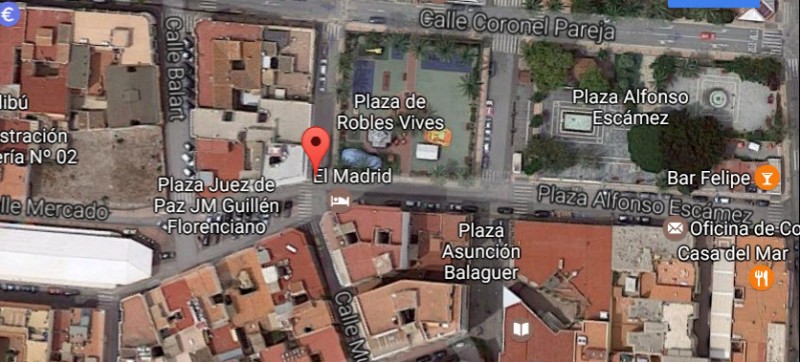

Guidelines for submitting articles to Mar Menor Golf Resort Today
Hello, and thank you for choosing Mar Menor Golf ResortToday.com to publicise your organisation’s info or event.
Mar Menor Golf Resort Today is a website set up by Murcia Today specifically for residents of the urbanisation in Southwest Murcia, providing news and information on what’s happening in the local area, which is the largest English-speaking expat area in the Region of Murcia.
When submitting text to be included on Mar Menor Golf Resort Today, please abide by the following guidelines so we can upload your article as swiftly as possible:
Send an email to editor@spaintodayonline.com or contact@murciatoday.com
Attach the information in a Word Document or Google Doc
Include all relevant points, including:
Who is the organisation running the event?
Where is it happening?
When?
How much does it cost?
Is it necessary to book beforehand, or can people just show up on the day?
…but try not to exceed 300 words
Also attach a photo to illustrate your article, no more than 100kb

The Plaza Robles Vives in Águilas
This is opposite the Casino and offers a large play area for children
The Plaza Robles Vives in Águilas lies alongside that of Alfonso Escámez, as well as being opposite the Casino, for which reason it is sometimes referred to as the Parque del Casino and offers a number of facilities in which children can play as well as refreshments for parents. From time to time it is also used for various open-air activities.
The park is just a short walk from the seafront and port area where there is a large space allocated for free parking.
It is named after Antonio de Robles Vives, brother-in-law of the Count of Floridablanca who was given the task of overseeing the works to improve the layout of Águilas, and build services and facilities during the latter part of the 18th century, the aim being to increase the population of the town and help it to develop into a thriving port community.
Extract from the History of Águilas:
On 29th June 1765, the 10th Count of Aranda , Pedro Pablo Abarca de Bolea, visited the Castillo de San Juan, and on climbing to the top and looking out over the deserted area below, he saw endless possibilities. In his own words, he imagined that “there could be an interesting settlement here, with houses and clean streets, and I for my part would provide the necessary plans and facilities in order for it to be as comely and comfortable as possible”.
The first town plan was drawn up by Sebastián Feringán, later to be modified by Mateo Vodopich, and the Count of Aranda sent a letter to the Council of Lorca, who in turn sent two councillors to supervise the start of the work. Permits were soon obtained for the construction work and the opening of commercial ventures. King Carlos III was informed of the project by the Count, and contacted the Town Hall of Lorca, where a special session was held in order to establish an administrative framework for the new town. Measures were taken to ensure the independence, defence and improvement of the town’s infrastructures, and when reports confirmed its growth the order was given for Lorca to grant Águilas its own Mayor. The Count of Aranda sent competent individuals who were charged with the task of founding a flourishing community.
When the Count of Floridablanca rose to the rank of minister, the project to attract population to Águilas was taken up again, and he appointed his brother-in-law, Antonio de Robles Vives, as superintendent of the development work. Robles Vives it was who completed the job started by the Count of Aranda, and after five year’s work on increasing the population the number of inhabitants had increased from 382 to 1,592.
When communications between Lorca and the coast became easier with the opening of the royal highway and the Tébar aqueduct, many people from inland came to live on the coast. The point was reached where Robles Vives informed his brother-in-law that a sufficiently well-qualified individual was needed to govern over the town, and in 1785 Carlos III gave his approval, appointing a royal governor.
But as well as competent government, the new town also needed a stimulus for its economic growth, and Robles Vives proposed to the Council of Lorca that some of the taxes paid by the inhabitants of Águilas should stay in the town, rather than going directly to Lorca. Unfortunately, further progress was halted by two events in the 1790s which had disastrous consequences for Águilas: first, the Count of Floridablanca fell from power, and then Robles Vives was stripped of his position at the head of the development work. Local politics took over, and the man substituting Robles Vives worked with the Mayor of Lorca to undermine and eventually eliminate the governor of Águilas. Águilas became nothing more than a borough of Lorca, with little say in the decisions affecting it which were made in the Town Hall.
Click to read more about the history of Águilas.
More information about Águilas can be found in : ÁGUILAS TODAY













